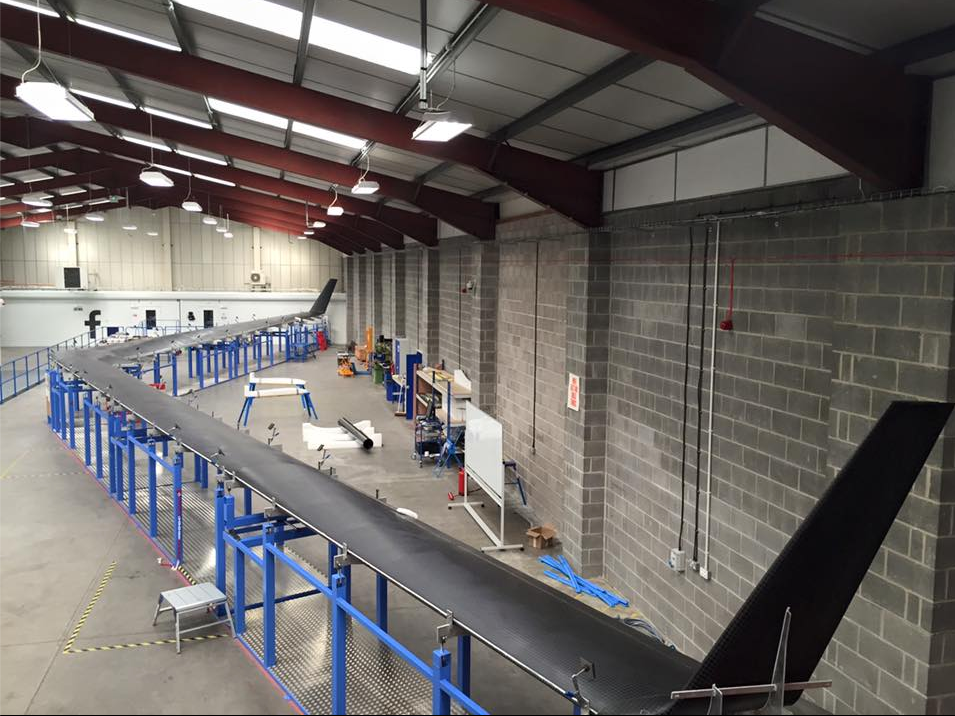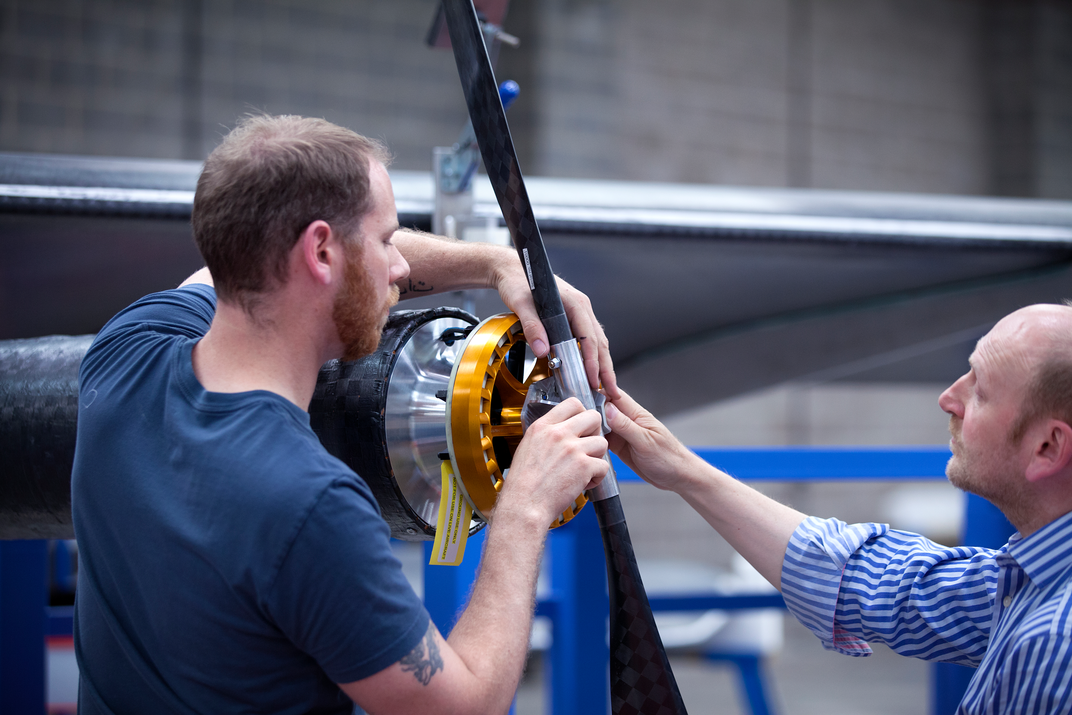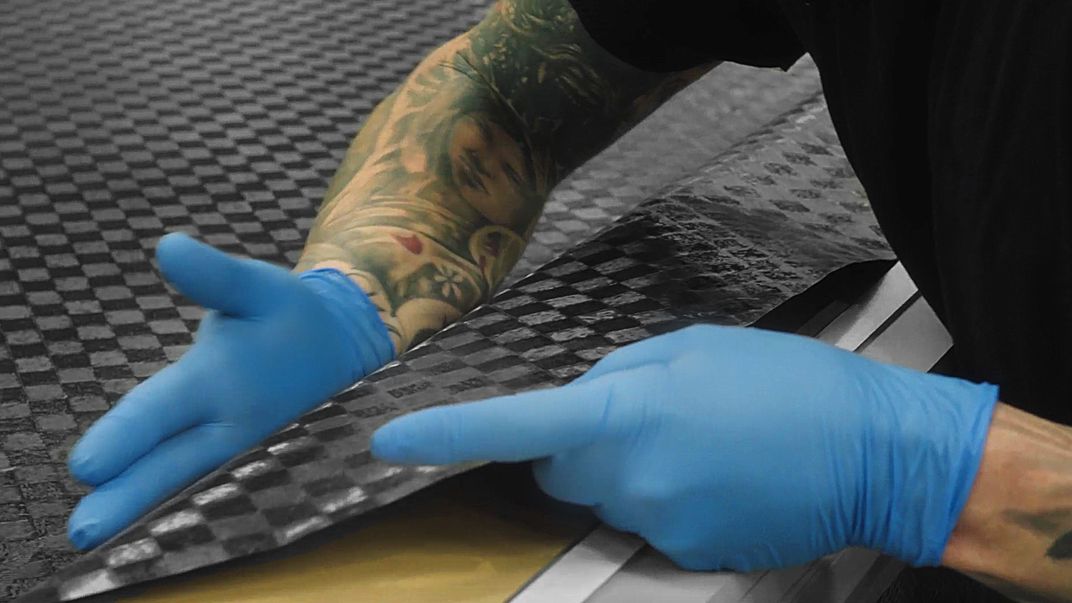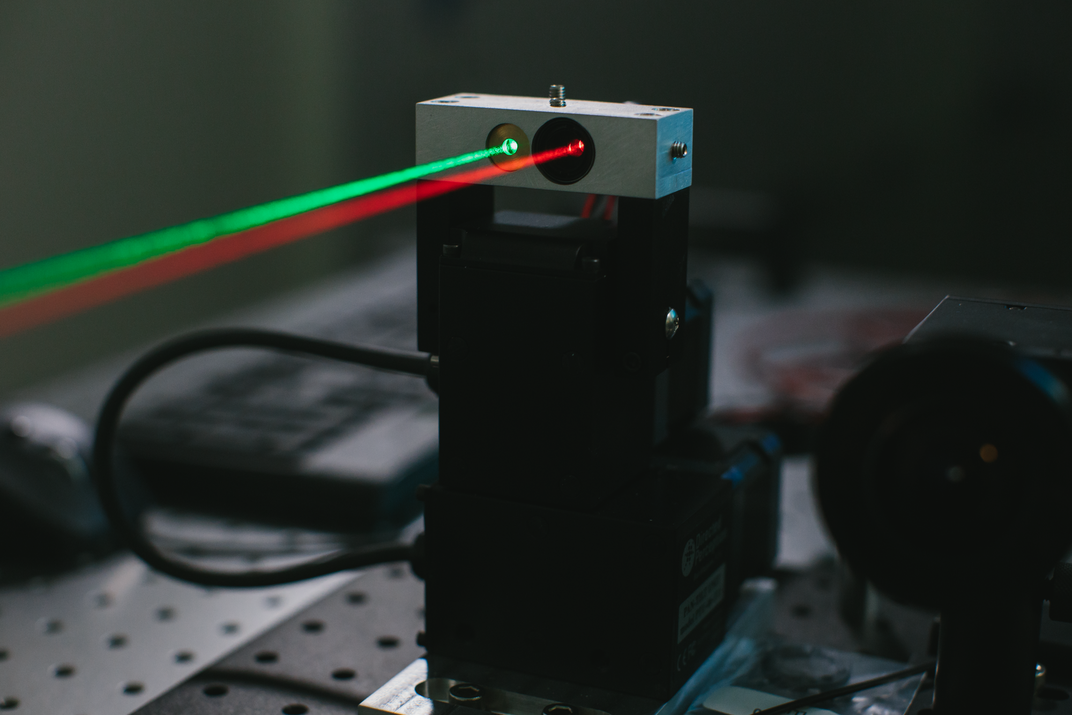Balloon or Drone? The Internet’s Space Race is Heating Up
Facebook and Google battle to provide the best internet connection from the edge of the atmosphere
Would you rather get your internet from a drone or a balloon? If Google and Facebook have anything to do with it, you may soon have a choice to make.
Over the last year, the tech titans have each made plans to blanket the world in internet connections — and last week, both camps made important steps forward. The Sri Lankan government announced they have closed a deal with Google to beam wifi to the entire island nation via high-flying balloons while Facebook unveiled the Aquila, a drone designed to distribute internet connections from the stratosphere.
Google’s Project Loon and Facebook’s Internet.org want to tackle the same problem: as the internet becomes more crucial and embedded in everyday life through smartphones and wearables, two-thirds of the world’s population still has no internet access at all. But while both companies want to provide affordable internet access to those without it, the technologies they are proposing are different in some key ways.
Project Loon’s website says it right on the front page: “balloon-powered internet for everyone.” Popular Science’s Dave Gershgorn writes that Google has spent the last two years developing prototype high-altitude balloons that will be able to stay aloft for 100 days straight, deliver LTE service to mobile devices from about 65,000 feet and communicate with other balloons and telecommunications stations.
The same day as the Sri Lankan government announced its partnership with Google, Facebook revealed the Aquila – a solar-powered drone as long as a Boeing 737 and lighter than a Prius. Looking something like a stealth bomber, the Aquila is solar-powered and can fly higher than Project Loon’s balloons, between 60,000 to 90,000 feet, according to Jay Parikh, Facebook's Vice-President of Global Engineering and Infrastructure. However, because the Aquila’s systems are partially dependent on ground-based laser relays to distribute the internet hookups, rain or heavy cloud cover could disrupt the connection, writes Ariha Setalvad for The Verge.
It may all sound very sci-fi, but a time when rural and remote parts of the world enjoy more affordable internet access is close at hand: the Sri Lankan foreign minister said in a statement that “in a few months we will truly be able to say: Sri Lanka. Covered.” Whether by balloon or by drone, there might not be a corner of the Earth of the future in which you can’t do a Google search or receive a Facebook notification.






